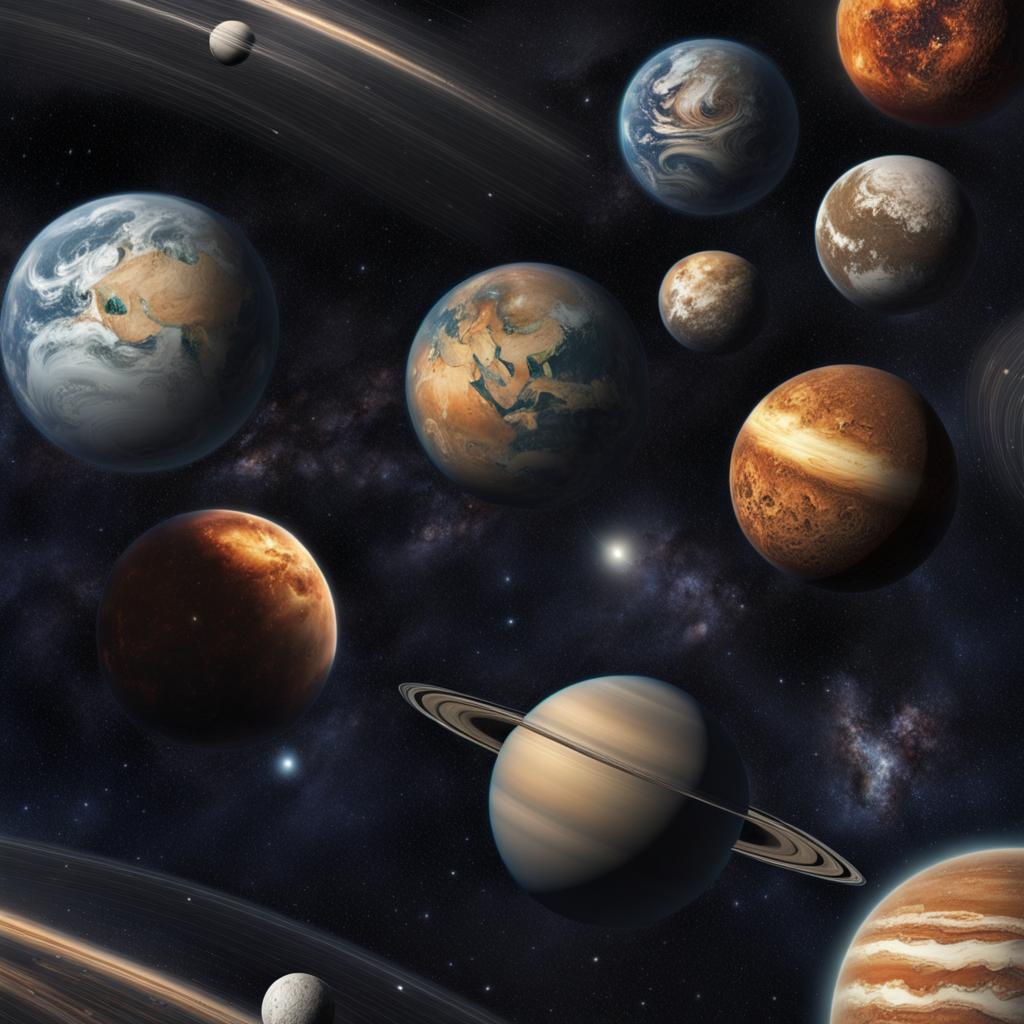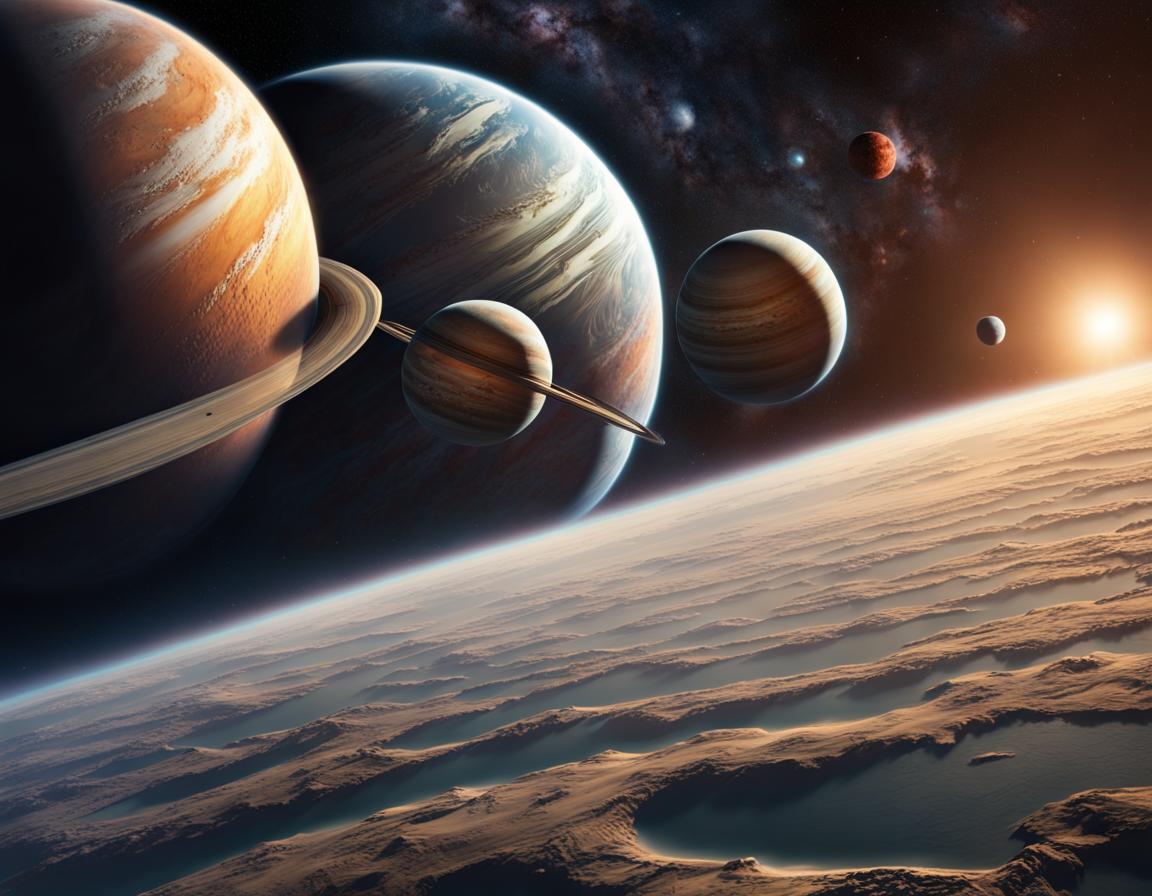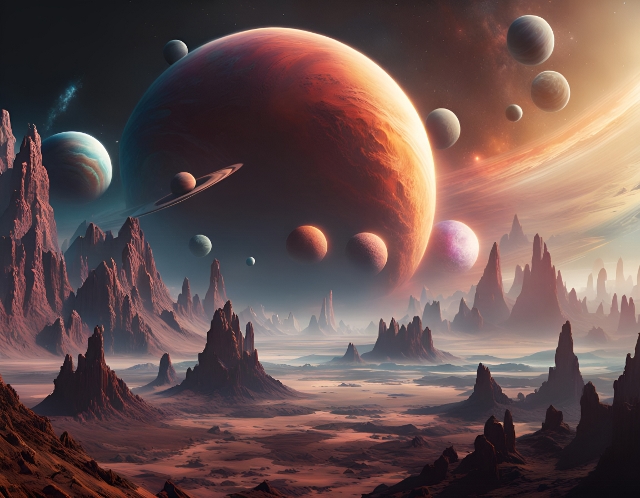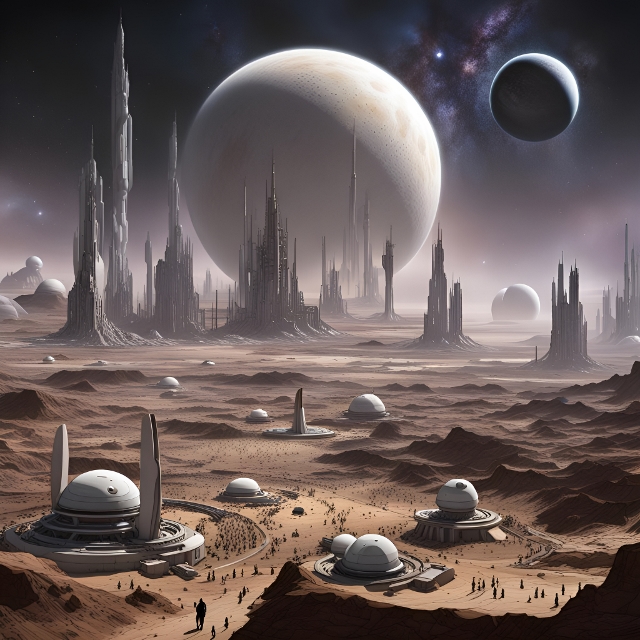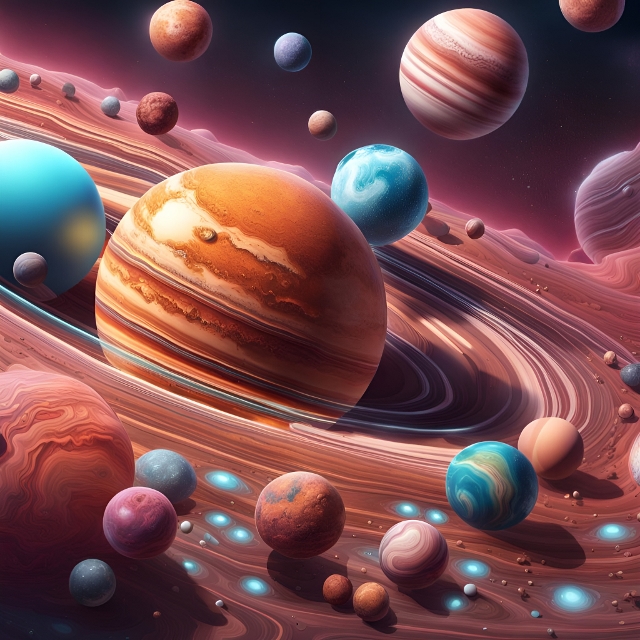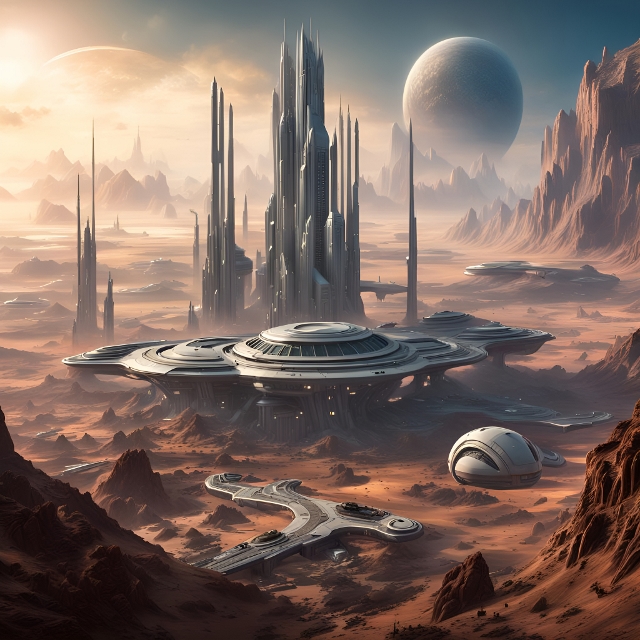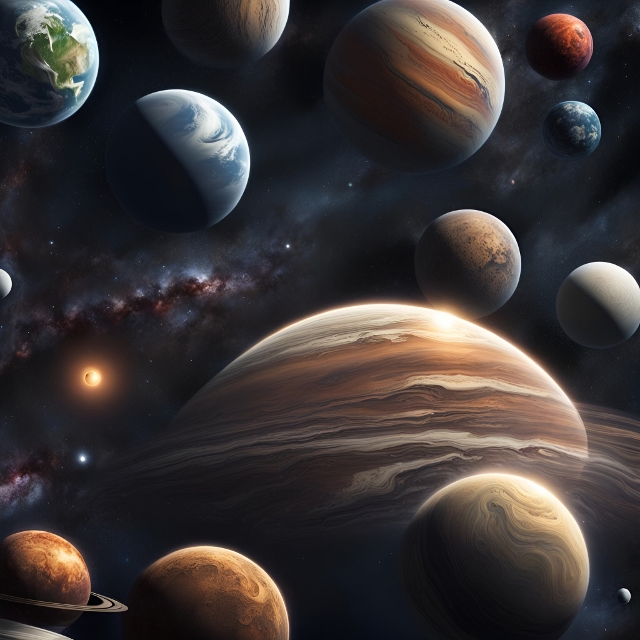Daylight saving time is upon us.
Personally, I think daylight saving time is unnecessary, and we should just stick to standard time throughout the year. (The American Academy of Sleep Medicine and other organizations agree.)
But, I can't deny that the changing times of sunrise and sunset have all sorts of effects on daily schedules. So, here, I propose two alternatives to daylight saving time that are even more impractical.
Roman timekeeping
For the Romans, every day was twelve hours long, because the length of an hour changed over the course of a year. Daytime hours were longer during the summer and shorter during the winter. There were also twelve hours every night, shorter in the summer and longer in the winter.
In the Roman system, the hours were numbered, so the first hour (hora prima, in Latin) began at dawn, the sixth hour (hora sexta) began at noon and the twelfth hour (hora duodecima) ended at sunset.
If we were to re-adopt this system, what should we do about minutes and seconds? Well, nowadays, seconds are an SI unit, defined in terms as 9192631770 periods of the radiation corresponding to the transition between the two hyperfine levels of the ground state of the cesium-133 atom, so I think that should be left as it is, since it's already separate from its historical definition. And Romans never used minutes, so we don't have to either. To refer to something with more precision than an hour, we can just use fractions and decimals, like any other unit.
Post Auroram
This is intended to be a sort of compromise between the Roman way and the modern way. Keep the length of hours the same, 3600 seconds, but change the clocks so that sunrise happens at the same time every day.
I considered setting that time to be 6 AM, but I decided it would be better to just make a different numbering system entirely. Keeping with the Latin theme, I decided to call it post auroram (after sunrise), PA for short.
Sunrise would be 0:00 PA. An hour later, it would be 1:00 PA, and so on. We probably don't want to change date boundary, that is, the time when we rollover from one date to the next date, so to handle time between midnight and sunrise, we'll use negative numbers. That means that an hour before sunrise would be -1:00 PA.
Conclusion
One notable disadvantage of both of these systems is that your local time relies on both your longitude and your latitude, which would likely make time zones much more complicated. Even worse, they completely fail north of the Arctic circle or south of the Antarctic circle. It's hard to base a clock on sunrise when there is no sunrise.
Obviously, no one is going to adopt either of these systems. It's hard enough to switch an established standard, even when the alternative is clearly superior*, and these clearly are not. But I think there's some value in considering them as a thought experiment.
To that end, I've made a converter and clock for these systems. Enter a location, a date and a time, and it will show you the time in all three systems. The clock shows both time and sun position. The red line indicates the entered time. The yellow region is when the sun is up. The blue region is night and the lighter shades of blue indicate civil, nautical and astronomical twilight. Solar noon is indicated by the white line pointed up, and solar midnight by the black line pointed down.
Current time:
Modern —
Roman —
Post Auroram —
I used SunCalc.js and tz-lookup to make these tools.


